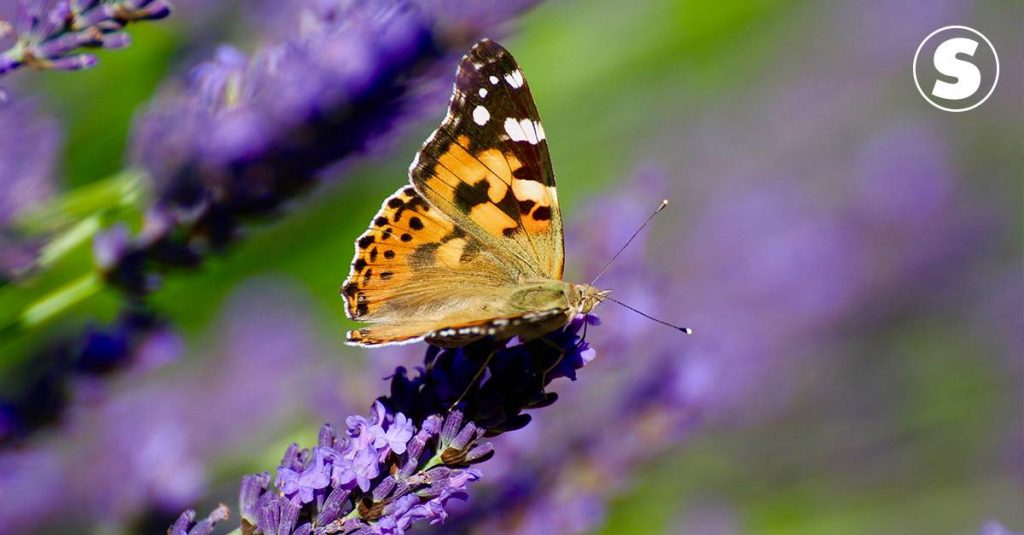Migrations are part of the life cycle of many animal species. Large groups move in at a certain time of the year to find food or environments with warmer temperatures, among other attractions. An example is the butterfly Vanessa Cardoy – Which performs the largest known migration of insects in years when weather conditions are favourable. The species spends summer in Europe, but when the weather cools down, they cross the desert skies to take refuge in Africa.
The number of individuals who experience flight – in the millions – varies a lot: the number of butterflies in any year can be up to a hundred times larger or smaller than the previous year. It is worth saying that butterflies reproduce along the way. One generation begins the journey, another generation arrives at the destination.
On a study Recently, an international team of biologists investigated the cause of large fluctuations in the size of migratory waves from V. Cardoy – Also known by the popular names Dama and Vanessa dos Cardos.
The researchers combined long-term observational information with atmospheric and climate data from the Butterfly Migration Range. Thus they found that the three main variables behind this phenomenon are: 1. Increased vegetation cover in the African savannah during the winter season. 2. The emergence of some plants in North Africa (the Sahara) in the spring. 3. The winds are favorable for the flight of butterflies towards Europe.
Let’s go through them one by one. The Vanessa Cardoy It mainly breeds in sub-Saharan Africa during the winter, when it is much warmer than in Europe. The larvae of the species feed on the leaves of plants that grow in wet conditions. In other words: the greener the savannah, the more weeds left for insects—and the more baby butterflies they can produce.
With a large population, they began their migration, through the Sahara desert during the local spring. The season also encourages a greener landscape in North Africa, which favors butterflies. The more the pit stops with vegetation in the desert, the more successful the crossing.
Scientists note that they probably fly non-stop during the day and rest at night, stopping a few times to feed on nectar.
Finally, butterflies can only complete their multigenerational journey towards Europe with a little help from a favorable wind. They fly 1 to 3 kilometers above sea level to take this small push and cross the Mediterranean in one fell swoop, reaching continental Europe
According to the scientists, these findings increase understanding of how insects (whether they are pollinators, crop pests or disease vectors, all of which are of practical importance to authorities) spread through regions according to seasonal conditions. Something as important as the Earth is subject to drastic climate change due to human activity.

“Hardcore beer fanatic. Falls down a lot. Professional coffee fan. Music ninja.”






More Stories
The law allows children and adolescents to visit parents in the hospital.
Scientists pave the way for the emergence of a new element in the periodic table | World and Science
Can dengue cause hair loss? Expert explains how the disease affects hair